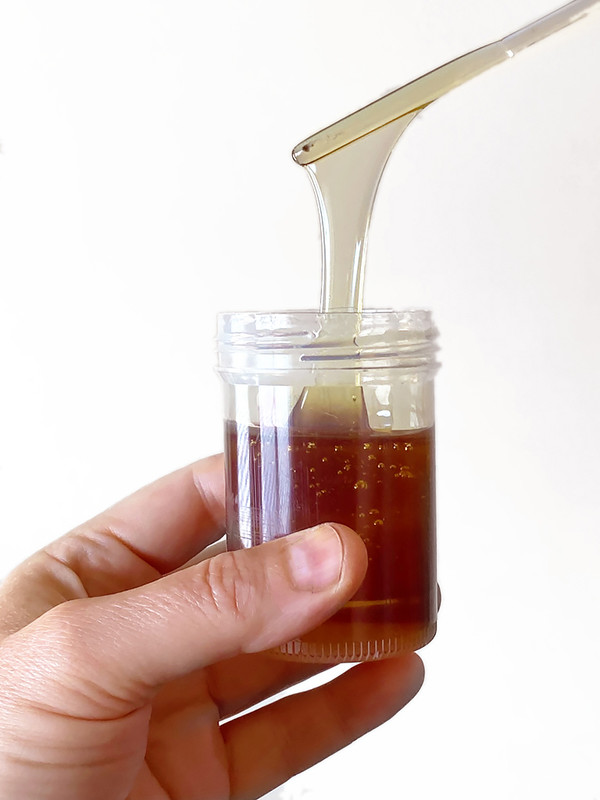We're in Fort Collins Colorado for a few days, and have rented bikes.
They are rugged beasts with heavy step-through frames, front-hub generators, and 5-speed rear hubs. They seem to be set up for maximum durability.
This is my first time riding a bike with an internally-geared rear hub. There are some things I really like about it, the biggest being the ability to downshift after coming to a sudden stop while in a higher gear.
I would like some lower gears for the hills, but so far we've been OK.
Lots of really good trails here. We've had really good rides the last two days, but it looks like we'll get rained out tomorrow.

They are rugged beasts with heavy step-through frames, front-hub generators, and 5-speed rear hubs. They seem to be set up for maximum durability.
This is my first time riding a bike with an internally-geared rear hub. There are some things I really like about it, the biggest being the ability to downshift after coming to a sudden stop while in a higher gear.
I would like some lower gears for the hills, but so far we've been OK.
Lots of really good trails here. We've had really good rides the last two days, but it looks like we'll get rained out tomorrow.

